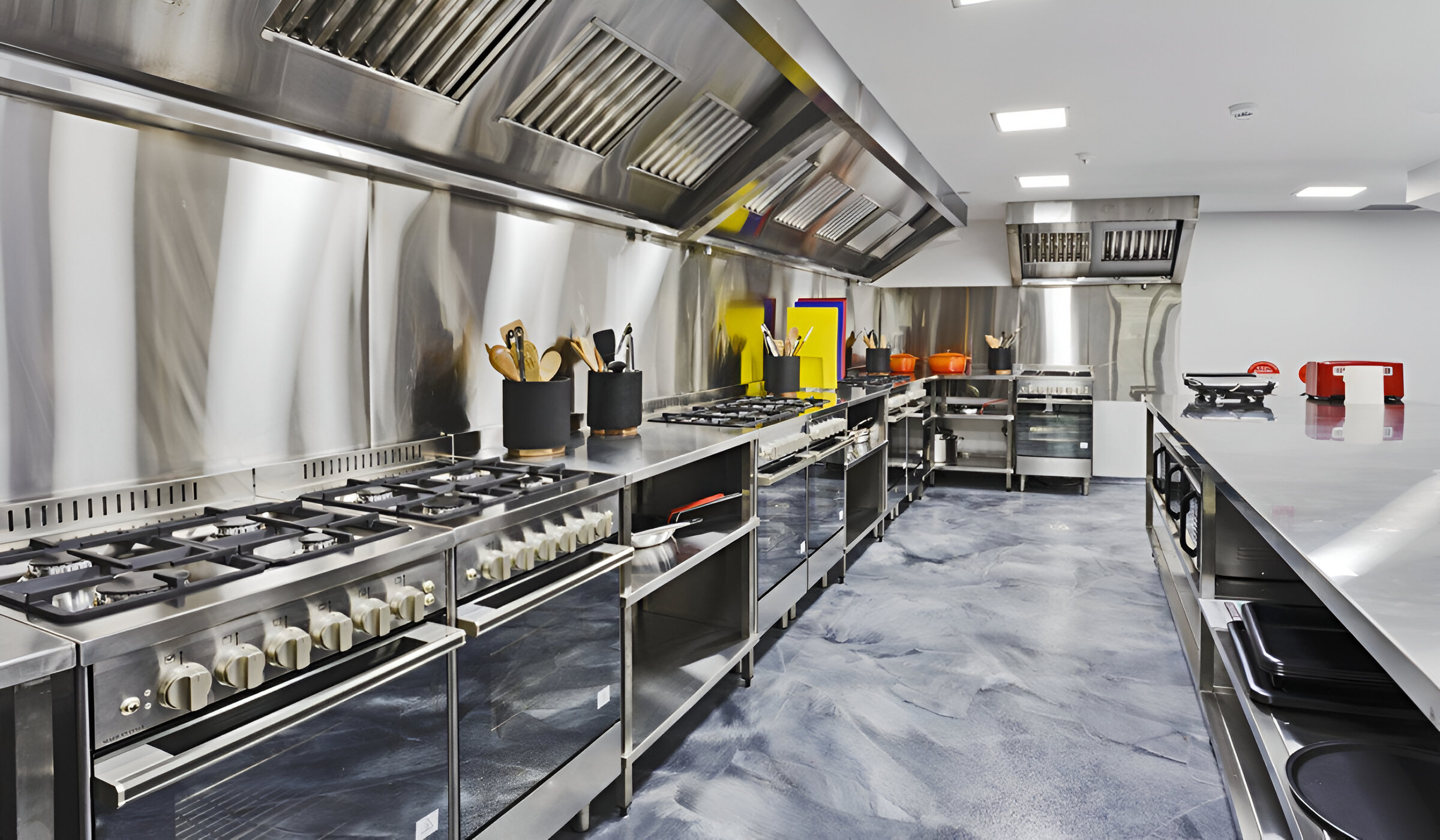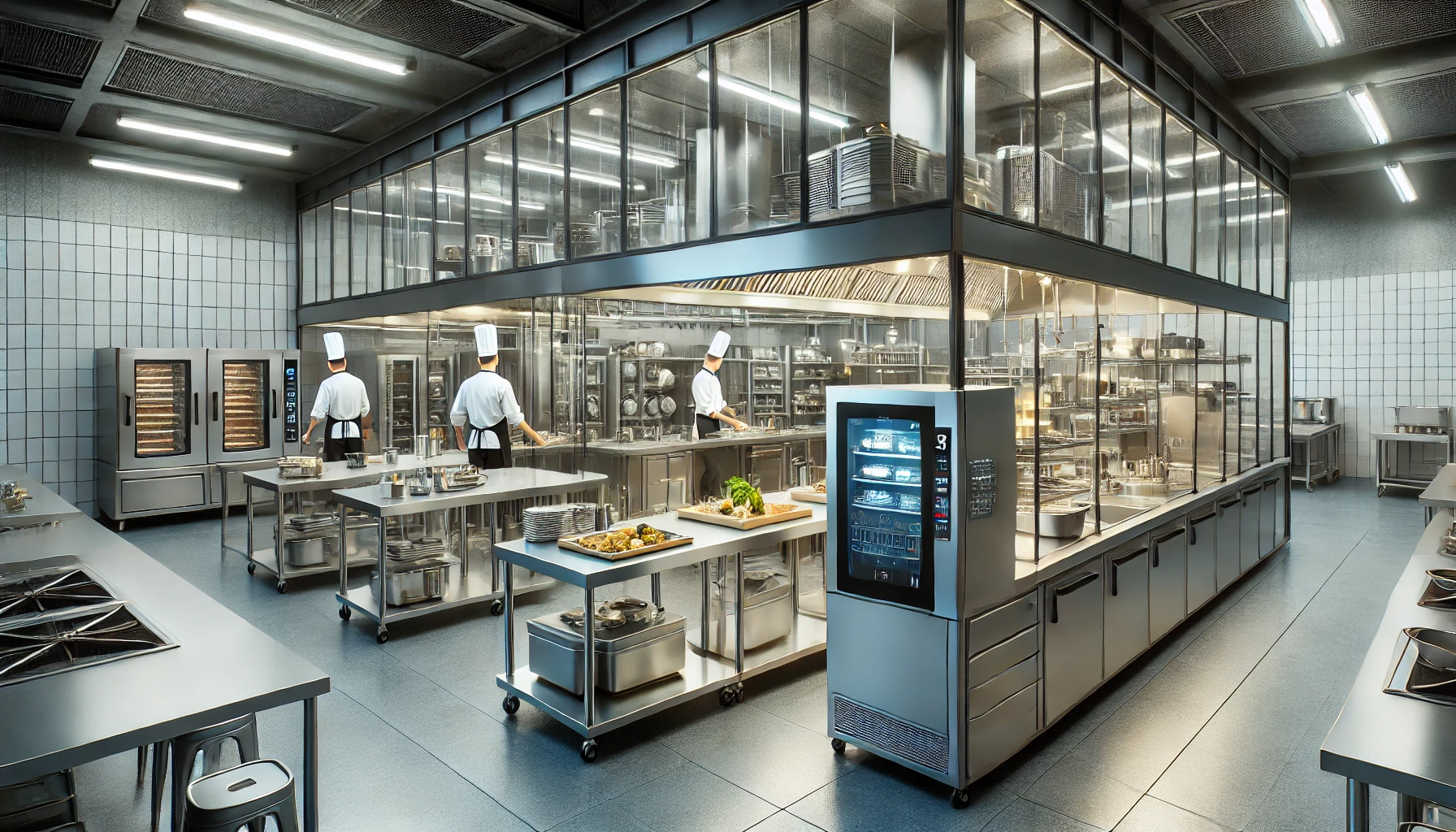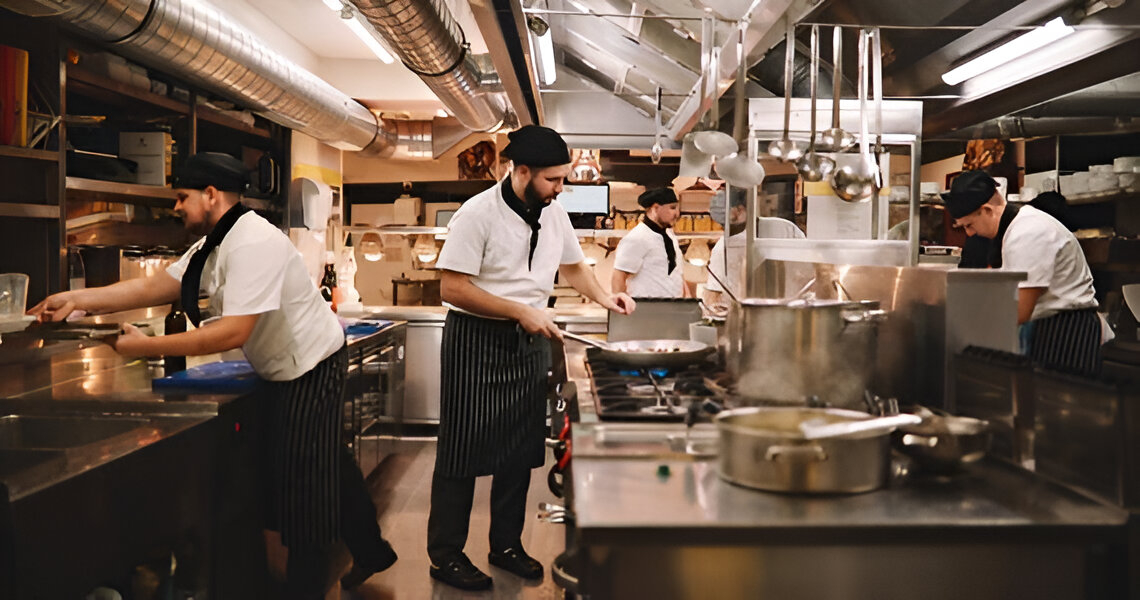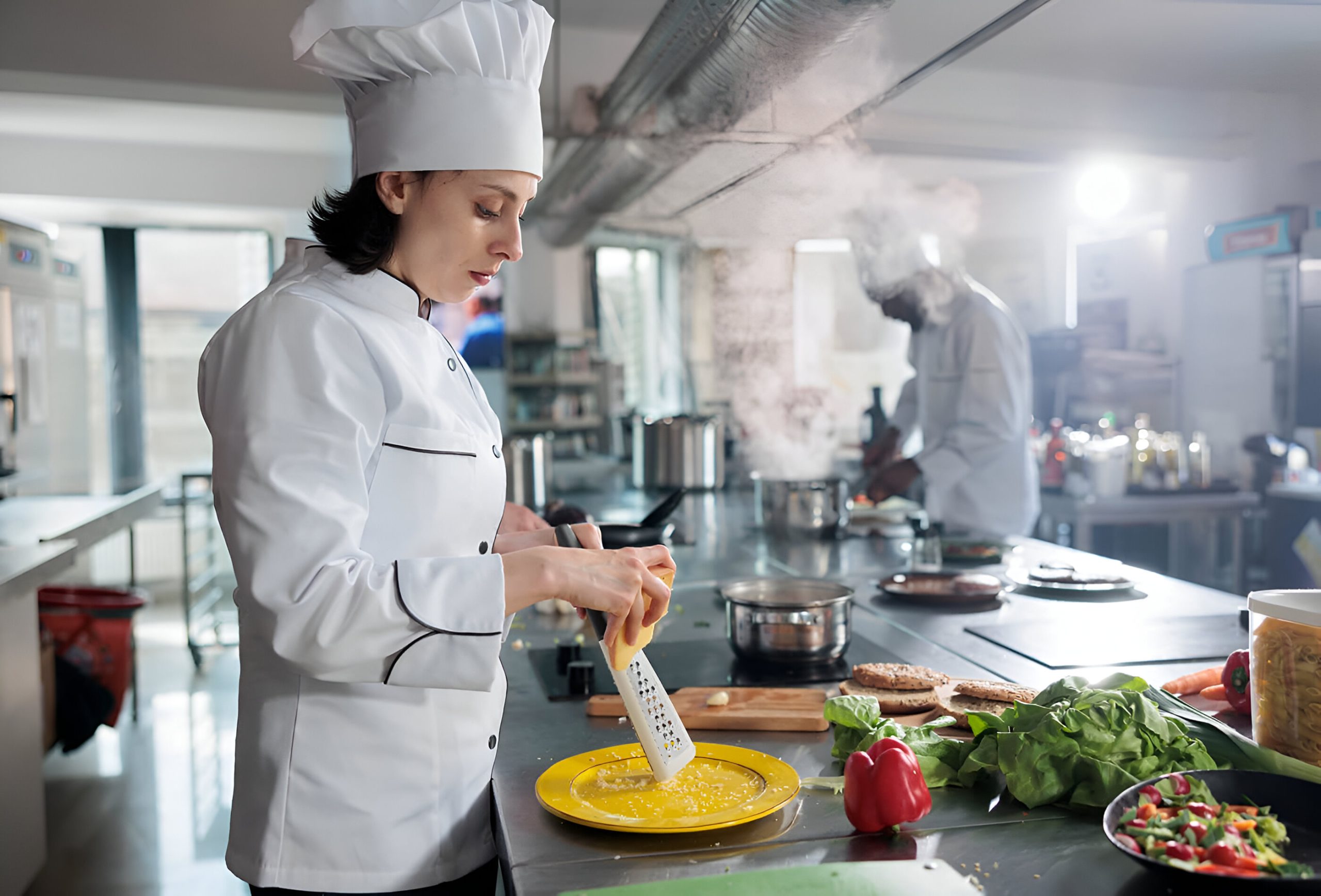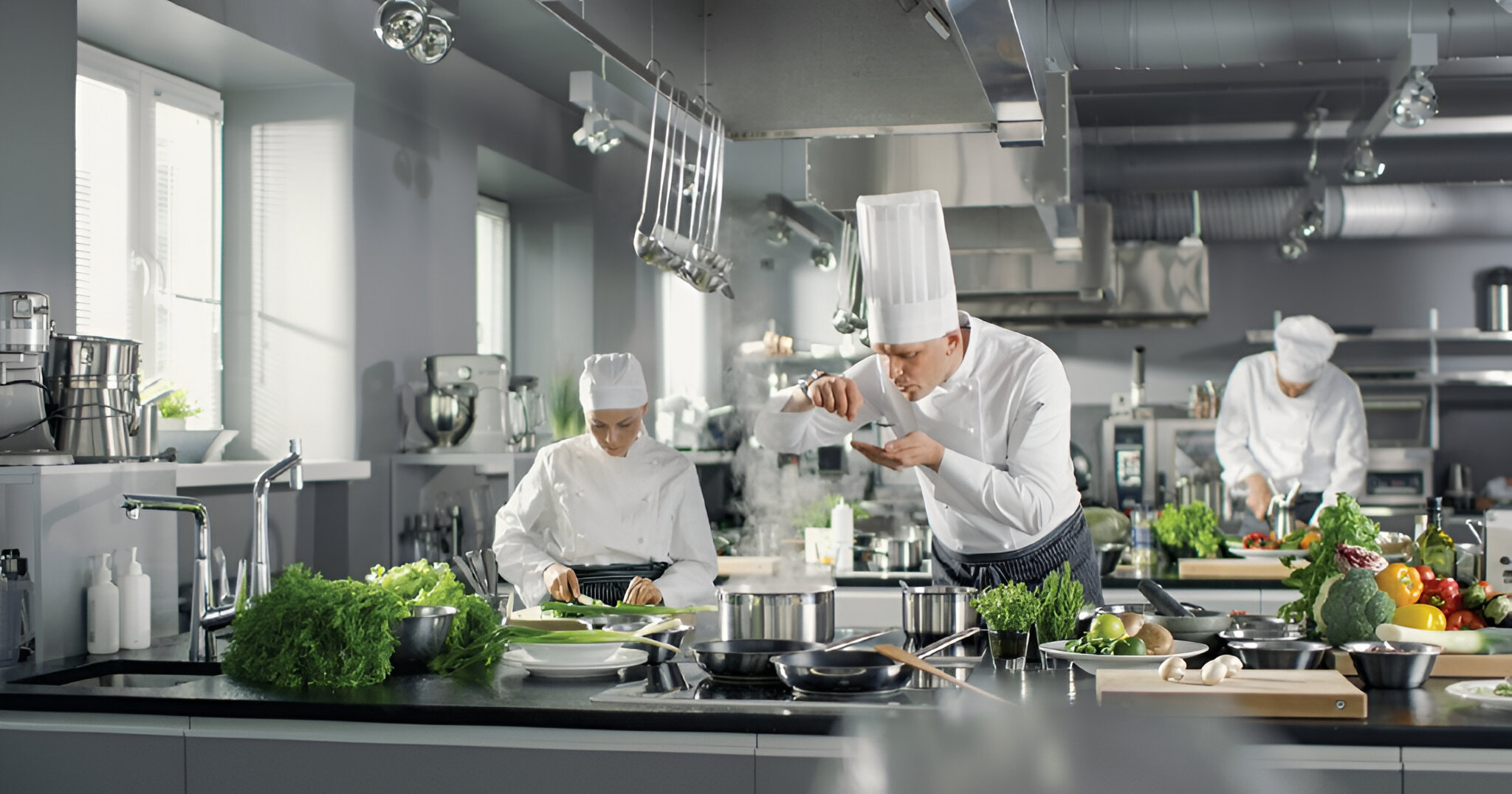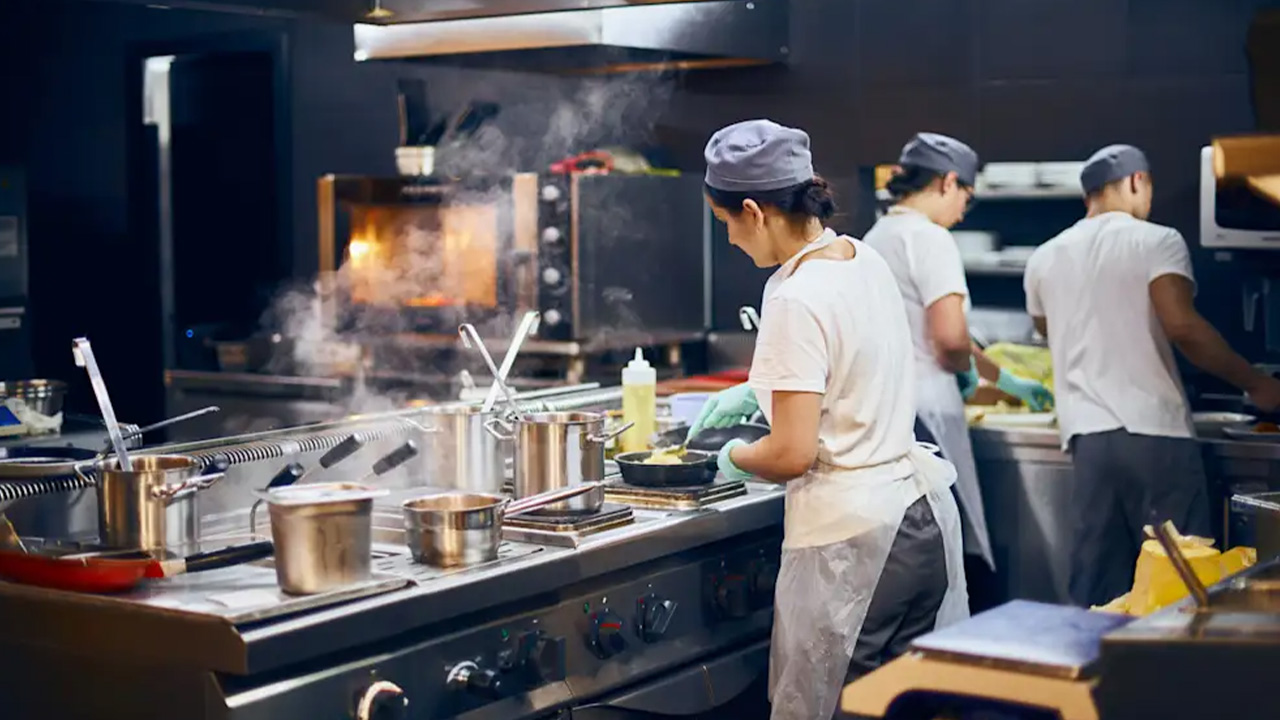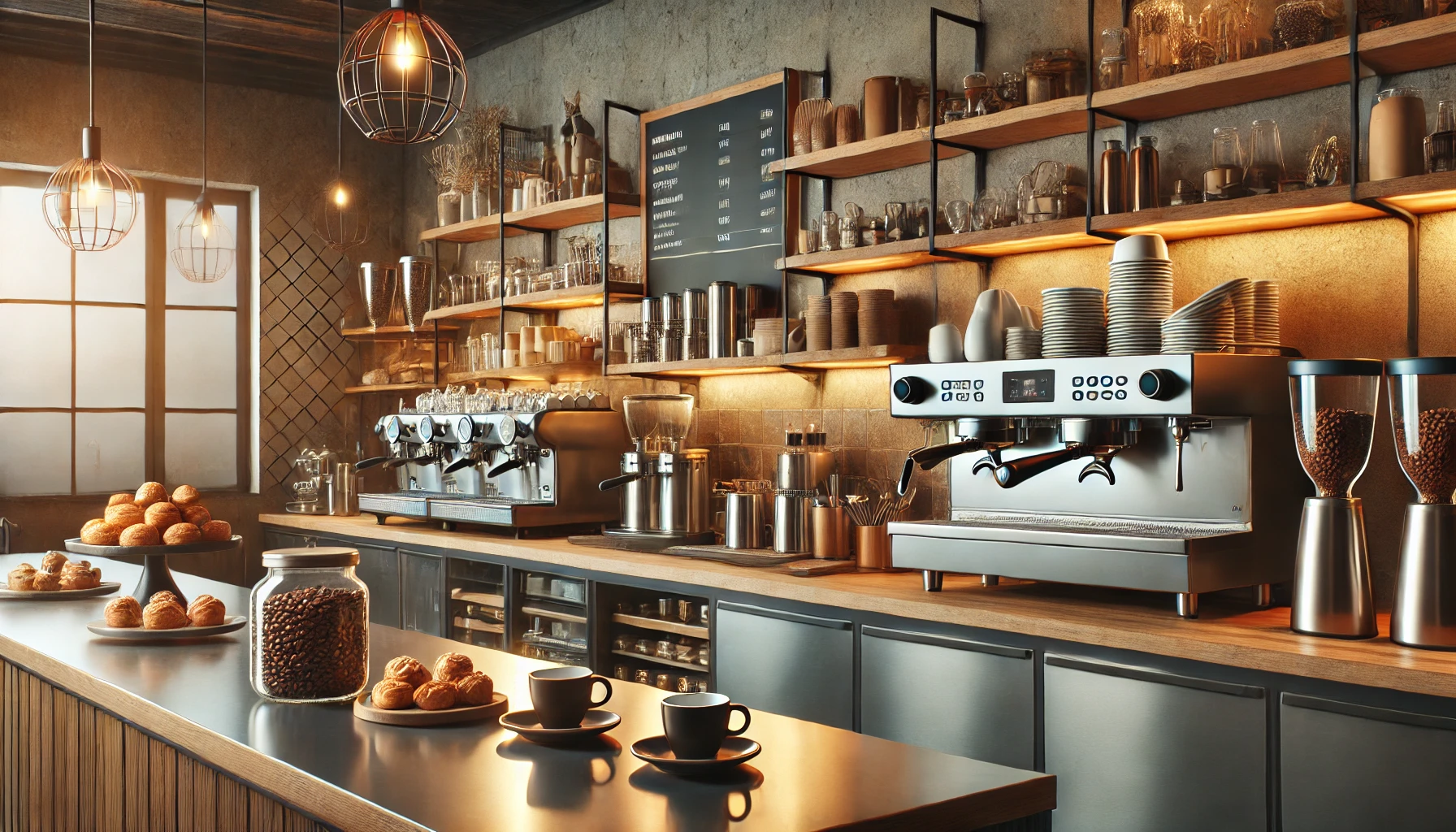Restaurant Kitchen Setup Made Easy: Expert Tips for Success
Start a journey to improve your restaurant kitchen with our expert tips. By knowing the basics of kitchen design, you can boost efficiency and productivity. A structured kitchen is key, so it is important to pick the right equipment. Explore the areas of food prep, safety regulations, and new technology to make your operations smoother. Let’s change your kitchen into a centre of culinary skill.
Understanding the Basics of Restaurant Kitchen Setup
When you set up a restaurant kitchen, it is important to know the basics. Good kitchen design and choosing the right equipment are key. You also need to follow food safety standards. Having efficient areas for food preparation, storage, and service is very important. It’s essential to think about local regulations and the kitchen layout. Placing the necessary tools, like a good POS system, can help you succeed in the food industry. A clear vision and following health regulations help create a safe and functional kitchen space.
Importance of a Well-Designed Kitchen in Your Restaurant’s Success
A good kitchen design is key for any restaurant to run well. It helps with efficient workflow, uses space wisely, and meets food safety standards. The way the kitchen is laid out and the equipment used affect how well the staff can work and how happy the customers are. Taking the time to set up the kitchen can lead to better efficiency and lower costs in the long run. A well-thought-out kitchen creates a better work atmosphere, making service smoother and improving customer satisfaction.
Key Factors to Consider Before Designing Your Kitchen
Careful planning is essential for setting up an efficient restaurant kitchen. Think about the type of food you will make. Also, consider how food will flow during preparation and what storage you will need. Check the kitchen space you have to make the layout work well. This is also important for following local health and safety regulations.
Decide on the kitchen equipment that you need to support your menu. Make sure to include safety features like fire suppression systems and stainless steel surfaces that are easy to clean. Your kitchen design should fit your menu, service area, and long-term goals for the restaurant.
Planning Your Kitchen Layout for Maximum Efficiency
When you plan your restaurant kitchen layout, keep efficiency in mind. Look for a design that helps food preparation and service run smoothly. Pick a layout that cuts down on unnecessary movements, making the cooking process more efficient. The closeness between food prep areas and storage containers can help improve how work flows. A smart kitchen design can boost productivity, lower mistakes, and lead to happier customers. Good kitchen layouts save time and energy. They are important for your restaurant’s success.
Evaluating Different Kitchen Layouts Suitable for Indian Restaurants
When you design a kitchen layout for an Indian restaurant, you need to think about how things will flow and work well. An island layout gives you a central spot for food preparation. This is great for interactive cooking. A galley layout uses space well by placing equipment on two parallel walls. An open kitchen layout is good for customer satisfaction because it shows off cooking skills. Look at what your restaurant needs. Choose a layout that fits your cuisine and service style. This will help your operations and improve customer satisfaction.
Incorporating Flexibility and Scalability into Your Design
When you design your restaurant kitchen setup, it’s important to include flexibility and scalability. These factors help your kitchen adjust to changing needs and grow in the future. By creating adjustable workstations and planning the space wisely, you can improve efficiency and productivity. Scalability lets your kitchen manage high demand during busy times or seasonal changes without losing quality. Using a flexible and scalable method in your kitchen design lays the groundwork for success and sustainability in the tough restaurant industry.
Essential Equipment for Your Restaurant Kitchen
When you set up your restaurant kitchen, it’s very important to invest in the right tools. Choosing cooking equipment that is good for Indian cuisine is a must. You also need to think about refrigeration and storage options. These will help keep your ingredients fresh. Having the right tools for food preparation is key to a successful kitchen. Each piece of equipment, from special cooking tools to fridges, plays an important part in making your kitchen run well.
Selecting the Right Cooking Equipment for Indian Cuisine
When you set up your restaurant kitchen for Indian food, it is important to choose the right cooking equipment. Use Tandoor ovens for real naan bread. Get dosa tawas for making crispy crepes. Kadhai is great for deep-frying special dishes. You should also buy good spice grinders and pressure cookers. These will help you make rice and lentils quickly. Heavy-duty griddles are perfect for dosas and uttapams. These special tools will keep the true taste and feel of Indian food. This will make your customers happy and help your kitchen run smoothly. With the right cooking equipment, your restaurant can serve amazing Indian flavours with ease.
Refrigeration and Storage Solutions for Fresh Ingredients
Refrigeration and storage are very important in keeping ingredients fresh in a restaurant kitchen. Good cooling systems, like walk-in freezers and refrigerators, help keep perishable items safe. Using storage containers, shelves, and clear labels makes it easy to organize and manage inventory. This way, ingredients are easy to find during food preparation. When restaurants follow food safety standards and use the right storage solutions, they can keep their dishes high quality. This leads to customer satisfaction and helps the restaurant run smoothly.
Ensuring Compliance with Health and Safety Regulations
To follow health and safety rules in your restaurant kitchen, you need to know India’s Food Safety and Standards Authority guidelines. It’s important to design your kitchen with safety as a priority. This means you should have basic elements like good ventilation, fire suppression systems, and stainless steel surfaces that are easy to clean. By meeting local health rules and industry standards, you create a safe space for food preparation. This helps reduce risks and keeps your staff and customers healthy.
Understanding India’s Food Safety and Standards Authority Guidelines
India’s Food Safety and Standards Authority guidelines are very important for running your restaurant kitchen. Following these rules helps you meet local health and safety standards. You need to know what the rules are to keep a safe and clean space for food preparation. By sticking to these guidelines, you can keep your customers and staff safe. It also helps to maintain a good reputation for your restaurant in the food industry.
Designing for Safety: Non-Negotiable Elements in Kitchen Setup
Creating a safe kitchen is very important for any restaurant. You need some key things for safety. This includes good ventilation systems, fire suppression equipment, and enough lighting. Having slip-resistant flooring is also important. You should place emergency exits where they can be easily reached. Training staff to handle emergencies is a must too. Keeping the kitchen clean and organizing workstations well helps a lot. Investing in good equipment matters as well. Focus on safety to protect your staff. It also helps keep your restaurant’s reputation strong and meet all the rules.
Leveraging Technology for Operational Efficiency
In today’s busy restaurant world, using technology is very important for making operations run smoothly. By adding advanced point-of-sale (POS) systems and kitchen display systems, Indian kitchens can speed up order processing. This also helps the front staff talk better with those in the kitchen. These tools help serve customers faster and make them happier. Using technology in the kitchen helps with smoother work, better inventory control, and improved performance. This sets up the kitchen for success in the tough food industry while boosting customer satisfaction.
Must-Have Technological Tools for Modern Indian Kitchens
In today’s Indian kitchens, using modern technology is very important for running things well. Tools like advanced kitchen display systems and quick POS systems make operations smoother and increase efficiency. New technology speeds up order processing and makes managing customer orders more accurate. Also, using technology helps with controlling inventory and reducing waste, which is vital in a busy restaurant kitchen. Using these essential tools can raise the standards of your kitchen operations.
How POS Systems Can Streamline Your Kitchen Operations
Implementing a POS system in your restaurant kitchen can simplify your work. With POS technology, you can improve how orders are taken and speed up food preparation. It also helps get better communication between the front and back of the restaurant. These systems make it easy to manage inventory, track sales, and improve the way things run. With features like customizing orders and real-time updates, POS systems help the kitchen work smoothly. This leads to higher productivity and better customer satisfaction. Simplify your kitchen operations with the benefits of POS technology.
Staffing Your Kitchen: Roles and Responsibilities
When you run a restaurant kitchen, it is important to know the roles of your team. Key jobs include the executive chef, cooks, and support staff. The executive chef leads menu planning, kitchen work, and team management. Cooks prepare and cook food while keeping quality high. Support staff help with cleaning, dishwashing, and getting ingredients ready. To make your restaurant kitchen work well, you need a strong and coordinated team.
Building a Competent Team: Chef, Cooks, and Support Staff
To keep your restaurant kitchen working well, it’s important to build a strong team. This team should have skilled chefs who prepare food carefully. You also need experienced cooks who know how to use different kitchen equipment efficiently. Don’t forget about support staff who can manage the kitchen space well. When you choose people who understand food safety, follow local regulations, and care about customer satisfaction, you can create a united and effective kitchen team.
Conclusion
In conclusion, having a smart and efficient restaurant kitchen is key to success. Focus on important aspects like how the kitchen is laid out, the cooking equipment you use, following health regulations, using technology, and hiring the right staff. This will help make your work easier and improve customer satisfaction. Using terms like food safety, kitchen design, and kitchen setup will keep your kitchen running well and meet industry standards. Follow these expert tips to build a great restaurant kitchen that takes your business to new heights.
Frequently Asked Questions
What Are the Most Common Layouts Used in Indian Restaurant Kitchens?
The most common kitchen layouts in Indian restaurants are straight-line, parallel, and L-shaped layouts. Each type has its own benefits. They each help with workflows and how space is used. This makes them good for different kitchen sizes and operational needs.
How Much Does It Typically Cost to Set Up a Restaurant Kitchen in India?
Setting up a restaurant kitchen in India can cost between INR 5 lakhs and 50 lakhs. The cost depends on things like size, equipment, and location. To have a good kitchen setup, it is important to plan and budget carefully.
What Are the Key Safety Regulations to Keep in Mind When Setting Up a Kitchen?
When setting up a kitchen, you need to think about important safety regulations. This includes having good ventilation systems and fire safety measures. You should also create schedules for equipment maintenance. It is important to train employees on food handling hygiene. Following local health department guidelines is crucial for a safe workplace.
Can Technology Improve Kitchen Efficiency?
By using new technology, like smart kitchen appliances and management systems for inventory, restaurants can greatly improve how they work. This technology saves time and makes sure that food preparation and inventory control are more accurate.
How Often Should Restaurant Kitchens Update Their Equipment?
Restaurant kitchens need to upgrade their equipment often to remain efficient and competitive. Experts suggest checking equipment every 5 to 10 years. It’s important to think about new technology, wear and tear, and changing menu needs. Regular upgrades help keep performance high, ensure safety, and improve customer satisfaction.
Also Read:- Elevate Your Business with Commercial Kitchen Equipment
For interesting Posts, follow us on Instagram.
